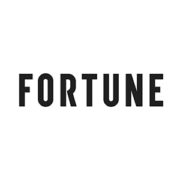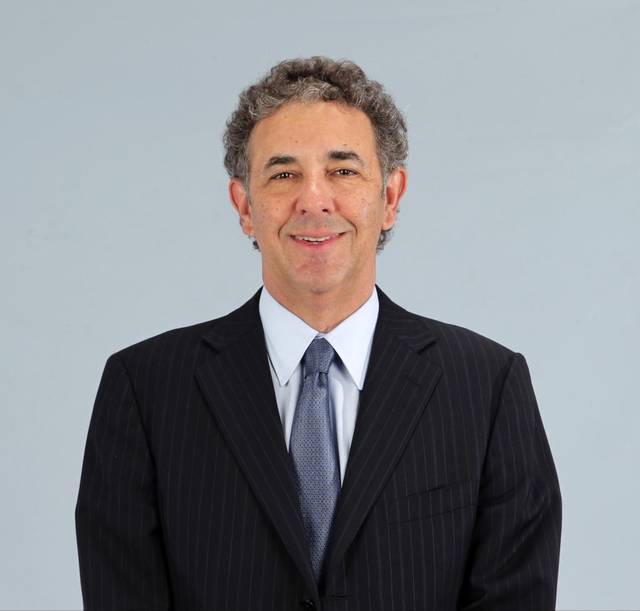The Toughest Job in America? Boeing’s New CEO Faces an Epic To-Do List as He Takes the Helm Today
By Erik Sherman
Beginning today, David Calhoun steps into the cockpit as CEO of Boeing, the company’s fourth chief executive in just under five years.
Calhoun is highly seasoned. His path to Boeing follows a long and distinguished career at high-profile companies in multiple industries. He’s held top positions at Blackstone Group, Caterpillar and Nielsen Holdings, to name a few.
From those who know him well, Calhoun gets high marks as both a smooth operator, adept at making the numbers work, and as a kind of Mr. Fix-It.
Calhoun will have to rely on both skills if he’s to right America’s most troubled company.
Just yesterday, Treasury Secretary Steve Mnuchin dropped a timely reminder of just how much is riding on Boeing’s turnaround. “There’s no question that the Boeing situation is going to slow down the GDP numbers,” Mnuchin said in a Fox News interview. “Boeing is one of the largest exporters, and with the 737 Max, I think that could impact GDP as much as 50 basis points this year.”
Calhoun is heir to one of the biggest messes, not only in the company’s history, but in modern business. Just before Christmas, the Boeing board asked him to step in and achieve a seemingly impossible metric: pilot the aviation and defense giant beyond the twin tragedies of the Lion Air and Ethiopian Airlines crashes that killed 346 people, and into less turbulent times.
To do so, he must regain the trust of investors, suppliers, consumers and employees. He has to repair relationships with regulators, fix the dysfunctional, we-know-best culture that’s created a toxic rift between management and the workforce that was best summarized by a recently released internal employee message that referred to the 737 MAX designers as “clowns” and the company’s supervisors as “monkeys.” Oh, and he’s got to do what his predecessor, Dennis A. Muilenburg, couldn’t—get the 737 MAX back into the air.
He’s under a huge time constraint, too.
Calhoun needs quick progress because of a major cash burn—the company had a cash burn of $4.1 billion in the third quarter—and growing impatience with the company on all sides. He is about to become one of the most scrutinized figures in business, and one who will likely feature in many a b- school case study for a long time to come—whether he likes it or not.
Insider for an outsider’s job
Some suggest that Calhoun isn’t the best choice because of his 10 years on the Boeing board, which oversaw the MAX fiasco. There’s also criticism that he hasn’t run an aerospace company before, and lacks that most Boeing of pedigrees—an engineering background.
Jeffrey Sonnenfeld, senior associate dean for leadership studies and Lester Crown professor in the practice of management at Yale, disagrees. “He is universally admired within and outside the company in every critical constituency,” Sonnenfeld says. “He has a huge amount of good will in Wall Street and in the engineering world. He still comes at it with all the authority of his GE aerospace days.”
Calhoun also has deep experience in managing corporate crises, such as during his time as chairman of Caterpillar when multiple federal agencies raided the company over claims of tax fraud in 2017.
Although not an engineer, during a 26-year tenure at GE, Calhoun ran the company’s aircraft engines and transportation (aircraft and rail) divisions. Jay Apt, a professor of engineering and public policy at Carnegie Mellon University, says that an engineering background isn’t necessarily key to success at Boeing.
“Engineers throughout the organization were in charge during the 737 MAX software issues,” Apt says. “What one really needs is a safety culture. That safety culture can be led by someone who is seriously committed by safety, whether they are an engineer or not. It requires complete commitment from the board, the CEO, and the chief risk officers to say, ‘Schedules are important but [a lack of] safety can kill the company.'”
Another advantage of Calhoun is that a full outsider would lack knowledge of the operations and culture of a sprawling company that employs over 130,000. “The learning curve is 18 months for an outsider to master the [CEO] job, and that’s if you pick the right person,” Sonnenfeld says. Calhoun is a known quantity and has support from Boeing chairman Lawrence Kellner—a former head of Continental Airlines—and CFO Greg Smith (Smith served as interim CEO over the past three weeks). That backing is vital, Sonnenfeld says, calling Calhoun “a culture carrier of the best of the old Boeing.”
Time is of the essence for the company, which is burning through cash. In the first nine months of 2019, Boeing had a negative operating cash flow of (negative) -$226 million, compared to $12.4 billion in the same period of 2018. Boeing is reportedly looking to raise as much as $5 billion in debt to cover costs.
The “sudden drop in the firm’s operating cash flows [is] causing the firm to take on significantly more leverage and potentially disrupt its relationships with suppliers,” according to a client note from Management CV, which analyzes senior management performance at public companies.
The financial problems are in the commercial aircraft division, source of more than 60% of the company’s overall revenues. Until the MAX begins flying again, the financial shortcoming will be impossible to fix without drastic steps like layoffs, which so far have been avoided.
Cash flow isn’t the only issue. Ivan Feinseth, chief investor officer and director of research at Tigress Financial Partners, which advises large investors and also holds some Boeing stock for clients, thinks that by next month the company needs to show a plan to get the MAX back in the air by early summer at the latest.
Bridging the trust gap
Getting the MAX airborne and restoring a sense of trust with others will be difficult. Relations with the Federal Aviation Administration and other regulator bodies around the world have been fractured. “The number one priority Boeing had was to repair its relationship with its regulator,” says Mark Dombroff, partner and co-chair of the aviation law practice at Fox Rothschild.
He noted the recent damning batch of internal Boeing emails that indicate Boeing was above regulatory scrutiny. “Some of these emails, to the extent one interprets them that way, are commenting on the FAA oversight.”
It wouldn’t be a first time that Boeing was truculent with a regulatory body. “We had a very tough relationship with them,” says Peter Goelz, currently a senior vice president of government and public relations firm O’Neill and Associates and a former managing director of the National Transportation Safety Board from 1996 to 2000. The NTSB dealt with two crashes of Boeing 737s in the 1990s that involved a malfunctioning rudder power control unit that, under certain circumstances, would force the rudder in the direction opposite to what the pilots wanted, a situation in many ways similar to the current one. “They battled us right up until the end,” Goelz says.
The FAA now controls whether and when the MAX returns to the air. Repairing that relationship is critical. So is regaining trust with everyone else involved with the plane’s performance. Airline customers the world over have been burned by having to ground MAX planes or hold off on delivery of new planes that they badly needed, messing with business operations. American Airlines Group, for one, fought Boeing in the courts for damages (the airline says the MAX grounding shaved $540 million from its 2019 pretax profits), before reaching a partial settlement.
The shutdown is impacting consumers, too. Some airlines have had to stop flying to certain destinations that would have been serviced by the MAX. Others are having to cut costs and/or boost ticket prices. And, the flying public is leery of ever boarding a MAX again.
Then there are Boeing’s thousands of vendors.
“Boeing typically is super-duper tough with their suppliers,” says Joseph Smith, aviation director at investment banking firm Cassel Salpeter & Co. As the MAX grounding has stopped production, a host of vendors are feeling the pain. Boeing’s biggest supplier, Spirit AeroSystems Holdings, just laid off 2,800 workers, or 20% of the workforce.
Calhoun has to address all these problems at the same time and under a tight deadline. Sonnenfeld calls the task facing Calhoun a “heroic quest.”
Welcome to your first day on the job.
Click here to read the PDF.








